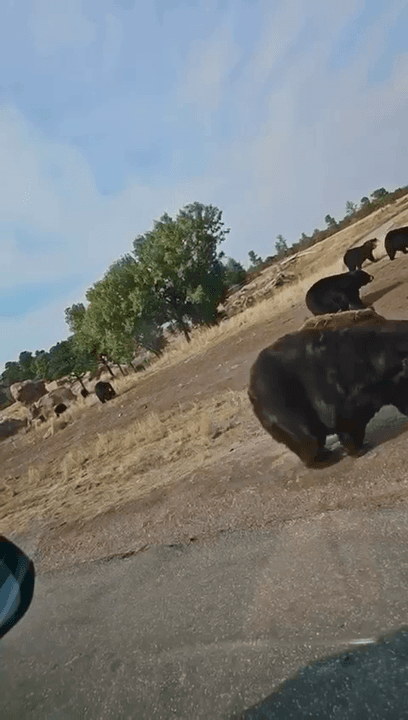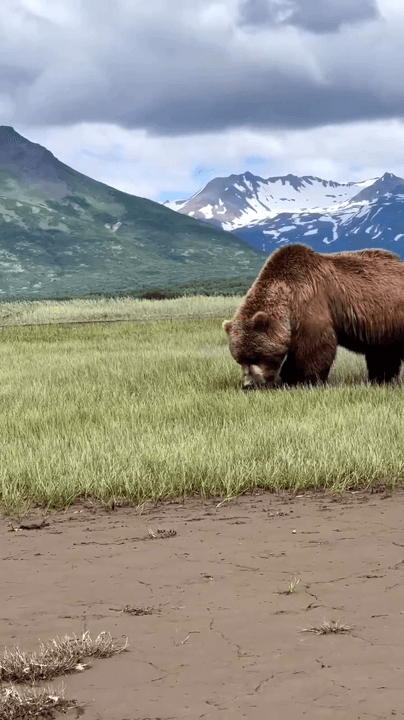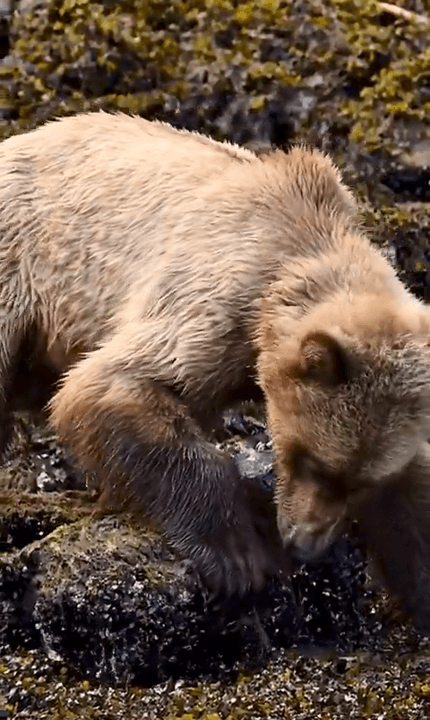
HUNTING SEASONS IN YUKON, CANADA 2025–26: Big Game and Small Game, Licenses, and Regulations Guide Plan your 2025–26 Yukon hunt with our territory‑by‑territory guide—season dates, bag limits, licenses, bow & rifle rules, and key game species: Caribou, Moose, Sheep and more. Yukon’s mountainous terrain, boreal forests and tundra valleys support some of North America’s most abundant mountain caribou herds, healthy moose populations, Dall sheep and thriving bear numbers. Managed by the Yukon Department of Environment, hunting in six Game Management Subzones combines indigenous stewardship and territorial regulations. Popular pursuits include summer caribou and sheep tag draws, moose rifle seasons, black and grizzly bear hunts, plus late‑summer waterfowl wingshooting—guided by clear, zone‑specific rules to ensure sustainable, ethical harvests. What Is There to Hunt in Yukon? Big Game: Mountain caribou, woodland caribou, moose, Dall sheep, black bear, grizzly bear Small Game & Upland Birds: Willow ptarmigan, rock ptarmigan, snowshoe hare Waterfowl & Migratory Birds: Ducks, Canada goose, white‑fronted goose (federal permit required) Furbearers & Predators: Wolf, Arctic fox, red fox, beaver, marten Yukon’s diverse ecosystems deliver seasonal opportunity—from mid‑summer sheep hunts to early‑fall duck wingshooting. What Animals Can You Hunt Year‑Round in Yukon? Unprotected predators (wolf, fox) may be harvested any time on private lands with permission; public‑land control outside open seasons requires a Fur Harvest Licence and adherence to zonal regulations. Always confirm subzone‑specific rules before targeting predators. Yukon Big Game Hunting Seasons 2025–26 Mountain Caribou & Woodland Caribou Rifle: Aug 15 – Sep 30 (quota draw) Tags: Allocated by subzone draw; one per hunter Moose Rifle: Sep 1 – Oct 15 Tags: Most subzones OTC; limited‑entry in alpine drainage areas Dall Sheep Rifle: Aug 10 – Sep 30 Tags: Draw only; applications Feb 1 – Feb 28, 2025 Black Bear Spring: Apr 15 – Jun 15 Fall: Aug 15 – Oct 15 Tags: OTC; cub harvest prohibited; special food‑conditioning closures apply Grizzly Bear Rifle: Aug 15 – Oct 15 Tags: Draw only; limited allocation per subzone Note: Detailed subzone calendars, quotas and weapon restrictions are published annually by Yukon Department of Environment. Yukon Small Game & Waterfowl Seasons 2025–26 Upland Birds & Small Game: Willow/Rock Ptarmigan: Aug 1 – Dec 31 (daily limit 5) Snowshoe Hare: Aug 1 – Mar 31 (daily limit 3) Waterfowl & Migratory Birds: Ducks: Sep 1 – Dec 1 (daily limit 5) Canada & White‑fronted Geese: Sep 1 – Dec 1 (daily limit 5) Requirements: Federal Migratory Game Bird Permit & Conservation Stamp Bag Limits by Species Caribou: 1 per draw tag Moose: 1 per season (OTC or draw tag in designated areas) Dall Sheep: 1 per draw tag Black Bear: 1 per season (no cubs) Grizzly Bear: 1 per quota tag Ptarmigan: 5 daily; possession 10 Snowshoe Hare: 3 daily; possession 6 Ducks/Geese: 5 daily; possession 15 Wolf/Fox/Marten: no formal daily limit; Fur Harvest Licence required public License & Tags Information for Yukon Hunters (2025–26) Resident Licence: $35 (annual); caribou/sheep draw fee $20/tag; moose tags $10/subzone Non‑Resident Licence: $200 (annual); draw fee $25; tag fees $50/species Additional Permits: Fur Harvest Licence (free; required) Hunter Education: Recommended Yukon-specific courses for Arctic safety Hunting Methods: Bow, Rifle, Muzzleloader Bow: Compound, recurve, longbow; crossbows prohibited; broadhead cut ≥ 7/8″ Rifle: Centrefire ≥ .30 cal; shotguns with slugs permitted for moose; straight‑wall handguns prohibited Muzzleloader: .45 cal+ patched ball or conical bullet; approved ignition systems only Regulations & Resources Shooting Hours: Sunrise to sunset (midnight sun adjustments apply) Subzone Maps & Calendars: Available from Yukon Department of Environment Harvest Reporting: Mandatory within 48 hours via online system or local office Special Areas: Wildlife sanctuaries and national parks require additional permits Before you head out, always verify season dates, bag limits, and licence requirements on the official Yukon Department of Environment website to stay compliant and ensure a legal, ethical hunt. This guide was created based on information from Yukon Department of Environment. https://yukon.ca/en/hunting-regulations Armed with precise season windows, subzone-specific bag limits and complete licence details, you’re ready to plan your 2025–26 Yukon hunt. Prepare thoroughly, respect local regulations, and experience Canada’s northern wilderness heritage.
Post: 31 July 14:15

























